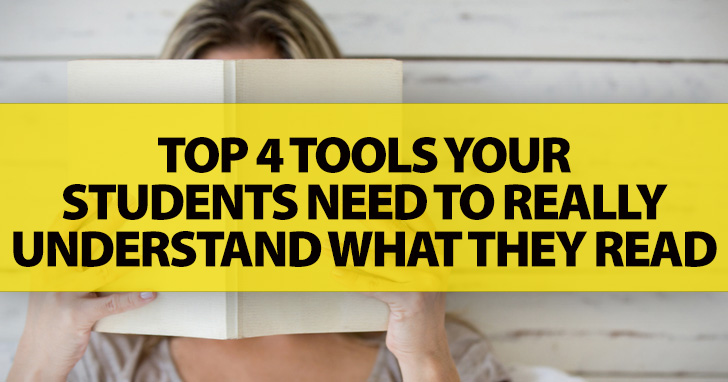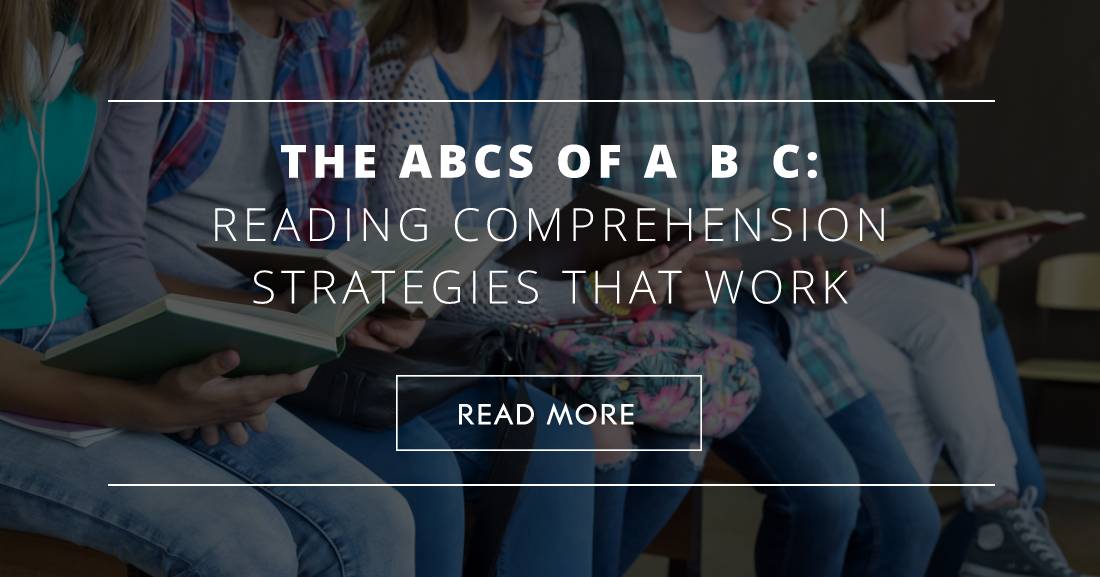Top 4 Tools Your Students Need to Really Understand What They Read


It’s a little word that encompasses so much. As one of the core skills in learning English as a second language, you know it’s important. But exactly what elements of reading should be the priority as you teach your ESL students? After all, native speakers spend twelve years in school with reading (or English) as a core subject. How do we know what second language learners really need? Well, it’s not as complicated as you might think. Yes, there are lots of different skills and strategies you need to address with ESL students, but more than anything you want your ESL students to increase their reading comprehension. You want them to understand what they read. You can do this in many different ways, but the most effective generally fall into one of three categories: building background knowledge, building vocabulary, and checking comprehension frequently. Each of these items can be done in many different ways. Here are some ideas for you to incorporate into your teaching.
New information links to old information in the brain. That’s why the more your students already know about what they are going to read, the more easily they will assimilate new information in their minds. That’s also why it is extremely important to prepare your students before reading. You want all the knowledge they already have to be in the forefront of their brains so it’s ready to connect with the new information students will read about. Here are some ways you can prepare your students to read by bringing up what they already know and giving them the background knowledge they will need to best understand the text.
You can do all the preparation in the world, but if your ESL students don’t understand the words on the page, they aren’t going to get a full picture of what they are reading. As an ESL teacher, building vocabulary is part of every class you teach, but here are some specific ways to accomplish that during reading class.
Have you ever gotten lost and decided to just continue on in hopes of finding the right road to turn on? And then made another turn only to find that it wasn’t the right road in the first place? And then continued to make the wrong turns from the wrong roads until you were utterly and hopelessly lost? I hope you haven’t because if you aren’t sure where you are at the beginning, going on will just get you more and more confused. It’s like that with our students and reading comprehension. If they don’t understand the foundation of what they are reading, they most certainly won’t understand the information that builds on that foundation. That’s why the more frequently you check comprehension with your ESL students, the more certain you can be that they are making the right turns at the right time. Here are some ways you can check your students’ reading comprehension.
It is also a tool and one your students should never be without. These ideas will help your students increase their reading comprehension of specific texts as well as give them the tools and strategies they need to understand what they read in the future. Now it’s just up to you to give them the right directions that lead to success.